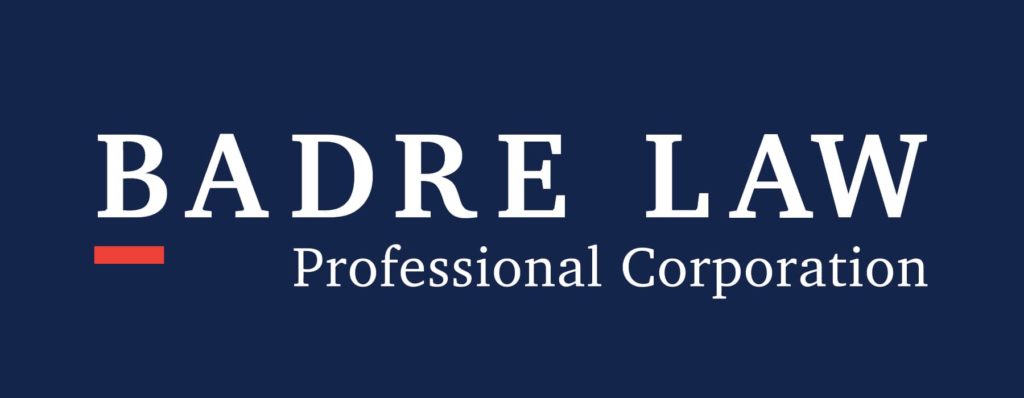It is very important to request particulars of any surveillance during a plaintiff’s examination of the defendant prior to the defendant’s examination of the plaintiff. Collectively, parties should not withhold information such as surveillance, unless they can prove that the evidence has been tampered with. The standard to withhold information is very high.
What happens if information is withheld?
Recently, a defence lawyer attempted to withhold surveillance until after the Plaintiff was fully examined. In Zeller v Volpe-Scornaienchi, 2021 ONSC 813, Justice Speyer felt that the defendant did not meet the standard to withhold evidence, in reference to the Ceci v Bonk, 1992 CanLII 7596 (ON CA). Ceci v Bonk highlighted that surveillance should only be withheld if there was “ a likelihood that the plaintiff would tailor the evidence if disclosure was made”. The defence counsel in Zeller refused to provide the surveillance before the discovery. Unfortunately for the defendant they did not meet the standard, the reasoning to withhold their evidence was based on the fact that the plaintiff “may” tailor the evidence. The plaintiff then proceeded with a successful motion to obtain the production, identity of the individuals and the dates of the surveillance. The plaintiff’s counsel was additionally given a summary of the observations from the surveillance. It was clarified in the court of appeal through Iannarella v Corbett, 2015 ONCA 110, that the plaintiff was in fact entitled to the surveillance findings.
Inconsistencies between surveillance and reality
The defendant proceeded to argue inconsistencies between the surveillance and examination reports that were done by a neurologist and an occupational therapist. The defendant attempted to use Salame v. Neilson, 1998 CarswellOnt 1375, 22 C.P.C. (4th) 295, which illustrated an example of a defendant meeting the high standard. In the Salame case three different orthopedic experts stated that there were major inconsistencies found in the plaintiff’s physical abilities. The opinions of the medical professionals did not align with the patients, they felt that she had full mobility and was described as “healthy”. The plaintiff had a very low pain tolerance and mistook discomfort for pain.
Justice Speyer felt that the inconsistencies found in the neuropsychologist and occupational therapist report were still not substantial evidence to assume that the plaintiff would tailor the evidence. Even if they were aware of the details of the surveillance findings. Ceci has created a very high standard and now dictates how high the test needs to be.
Disclosing evidence in good faith
I think that it is important to understand the reason why the standard is high to withhold evidence from another party. The Ceci case is a firm example. I believe that Justice Speyer made the correct decision to order the defence to provide the surveillance to ensure that the plaintiff is exposed to the same information that the defendant has. Disclosing evidence should always be done in good faith, to ensure that both of the clients have the best opportunity to argue their case.


